
Michelangelo Buonarroti, simply known as Michelangelo, is well known for his:
- Paintings
- Sculptures
- Architecture
- Poetry
during the High Renaissance period – and a suspected sufferer of arthritis.
Jacopino del Conte interestingly painted Michelangelo’s left hand with what can only be described as boney enlargement without the redness of inflammation. Now, Michelangelo had written letters about many pains and sufferings he bore on a daily basis, including joint disease affecting his hands and feet.
This led researchers to believe that Michelangelo had a form of arthritis called gout. Symptoms of gout include sudden, intense joint pain, and visible masses of tissue that overlay the skin called a tophus.
A 2016 issue of the Journal of the Royal Society of Medicine discusses the research findings that Michelangelo had been ‘misdiagnosed‘ with gout as there are no signs of inflammation and no visible tophi. They reached a conclusion. Michelangelo had osteoarthritis.
What is osteoarthritis?
Being the most common form of arthritis in the world, osteoarthritis occurs when the protective tissue called cartilage, located at the end of your bones, wears down over time. The disorder can affect any joint, however, the joints we use most frequently are generally the ones to be affected first; hands, knees, hips, neck, and spine.
Symptoms
Not only does osteoarthritis cause pain, but symptoms can also include:
- Stiffness
- Swelling
- Loss of flexibility
- Bone Spurs: Extra bits of bone that form around the affected joints
- Tenderness
- The feeling of the bones grating together
- Sound of popping and cracking
Although the damage to the joints can’t be reversed, the symptoms can still be managed.
Management
Lifestyle changes, such as diet and light exercises, can help with the pain and lessen the ferocity of the symptoms. Here are a few of the more popular treatments:
- Exercise:
Low-impact exercise can increase the muscles around the joints, increasing stability. Activities such as water aerobics, cycling, and walking are great ideas.
- Lose weight:
The less weight your joints have to carry the better. When you carry less weight on your joints, it means there is also less stress on them and even minor weight loss is proven to help.
- Heat & cold packs:
Both can relieve joint pain and swelling, with the heat relaxing muscles and relieving pain whilst cold relieves muscle aches after exercise.
- Assistive Devices:
Assistive devices can help relieve stress on your joints. The Uccello Kettle is the ultimate assistive device that allows for your hands to lightly tilt-to-pour the kettle with safety and security every time.
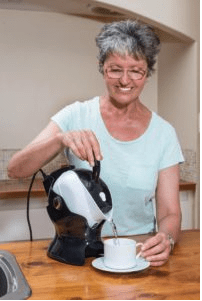



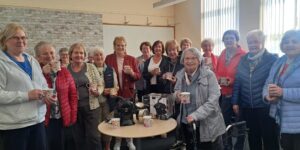
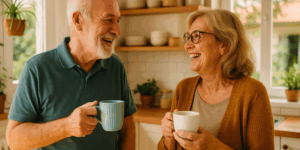


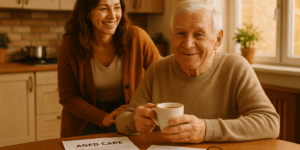
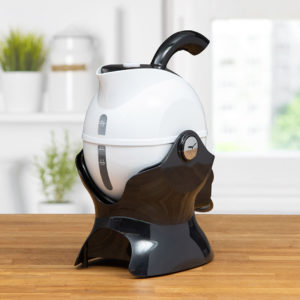
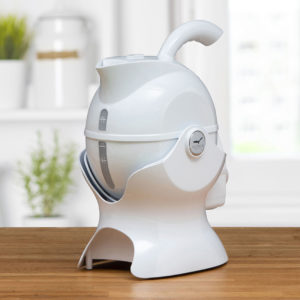
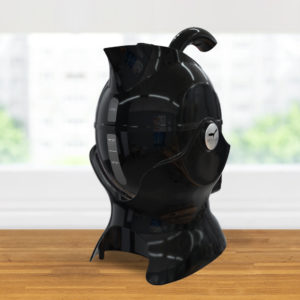
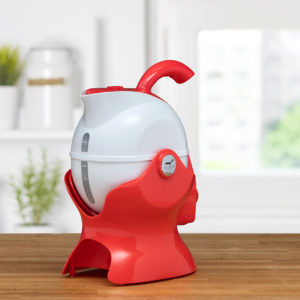

Leave a Comment